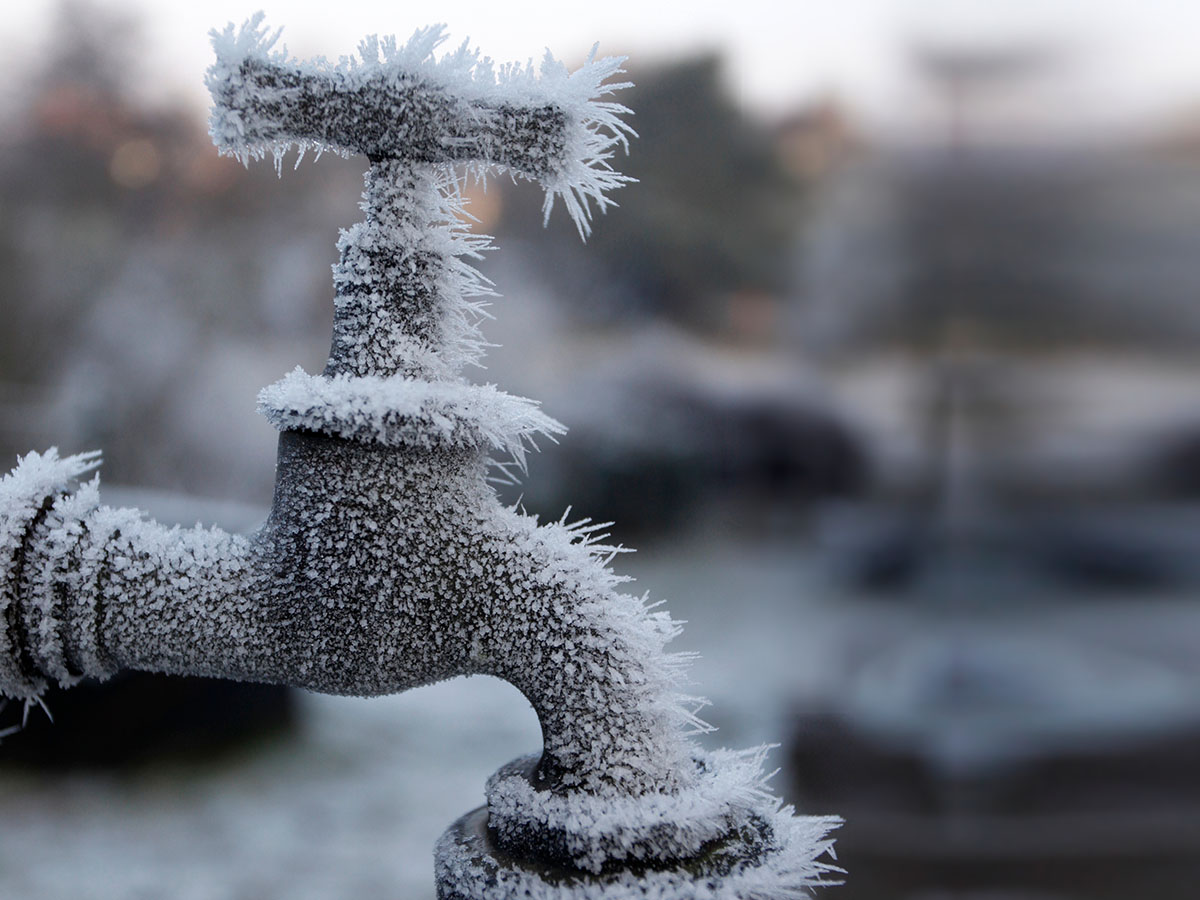Critical Approaches for Preventing Frozen Pipes in Winter
Critical Approaches for Preventing Frozen Pipes in Winter
Blog Article
The content underneath relating to Prevent Frozen Pipes is absolutely insightful. Read on and draw your own conclusions.

Cold weather can damage your plumbing, specifically by freezing pipelines. Right here's exactly how to prevent it from taking place and what to do if it does.
Intro
As temperatures decline, the danger of frozen pipelines boosts, potentially bring about expensive repairs and water damages. Comprehending just how to avoid icy pipes is crucial for home owners in cool climates.
Prevention Tips
Protecting prone pipelines
Cover pipelines in insulation sleeves or use heat tape to protect them from freezing temperatures. Focus on pipes in unheated or outside areas of the home.
Heating techniques
Keep interior rooms properly heated, especially areas with pipes. Open up closet doors to enable warm air to circulate around pipelines under sinks.
Just how to determine icy pipes
Look for lowered water flow from faucets, uncommon odors or noises from pipes, and noticeable frost on exposed pipes.
Long-Term Solutions
Structural adjustments
Think about rerouting pipes away from exterior wall surfaces or unheated areas. Include extra insulation to attics, cellars, and crawl spaces.
Upgrading insulation
Buy top quality insulation for pipelines, attic rooms, and walls. Appropriate insulation helps keep consistent temperature levels and lowers the risk of icy pipes.
Safeguarding Outside Plumbing
Yard pipes and outside taps
Detach and drain yard pipes before wintertime. Set up frost-proof spigots or cover outdoor taps with shielded caps.
Comprehending Frozen Pipelines
What creates pipelines to freeze?
Pipelines freeze when exposed to temperature levels below 32 ° F (0 ° C) for expanded periods. As water inside the pipelines ices up, it broadens, taxing the pipe wall surfaces and possibly triggering them to break.
Threats and damages
Frozen pipelines can lead to supply of water interruptions, building damages, and costly repair services. Burst pipes can flood homes and cause extensive structural damages.
Signs of Frozen Pipeline
Identifying icy pipes early can prevent them from breaking.
What to Do If Your Pipes Freeze
Immediate actions to take
If you think icy pipes, keep taps open up to eliminate stress as the ice thaws. Use a hairdryer or towels soaked in hot water to thaw pipelines slowly.
Verdict
Protecting against icy pipes needs positive steps and fast reactions. By recognizing the reasons, signs, and safety nets, house owners can safeguard their pipes throughout cold weather.
5 Ways to Prevent Frozen Pipes
Drain Outdoor Faucets and Disconnect Hoses
First, close the shut-off valve that controls the flow of water in the pipe to your outdoor faucet. Then, head outside to disconnect and drain your hose and open the outdoor faucet to allow the water to completely drain out of the line. Turn off the faucet when done. Finally, head back to the shut-off valve and drain the remaining water inside the pipe into a bucket or container. Additionally, if you have a home irrigation system, you should consider hiring an expert to clear the system of water each year.
Insulate Pipes
One of the best and most cost-effective methods for preventing frozen water pipes is to wrap your pipes with insulation. This is especially important for areas in your home that aren’t exposed to heat, such as an attic. We suggest using foam sleeves, which can typically be found at your local hardware store.
Keep Heat Running at 65
Your pipes are located inside your walls, and the temperature there is much colder than the rest of the house. To prevent your pipes from freezing, The Insurance Information Institute suggests that you keep your home heated to at least 65 degrees, even when traveling. You may want to invest in smart devices that can keep an eye on the temperature in your home while you’re away.
Leave Water Dripping
Moving water — even a small trickle — can prevent ice from forming inside your pipes. When freezing temps are imminent, start a drip of water from all faucets that serve exposed pipes. Leaving a few faucets running will also help relieve pressure inside the pipes and help prevent a rupture if the water inside freezes.
Open Cupboard Doors
Warm your kitchen and bathroom pipes by opening cupboards and vanities. You should also leave your interior doors ajar to help warm air circulate evenly throughout your home.

I stumbled upon that post about How to Prevent Your Pipes From Freezing while doing a search on the web. Sharing is good. Helping people is fun. We value your readership.
Call Today Report this page